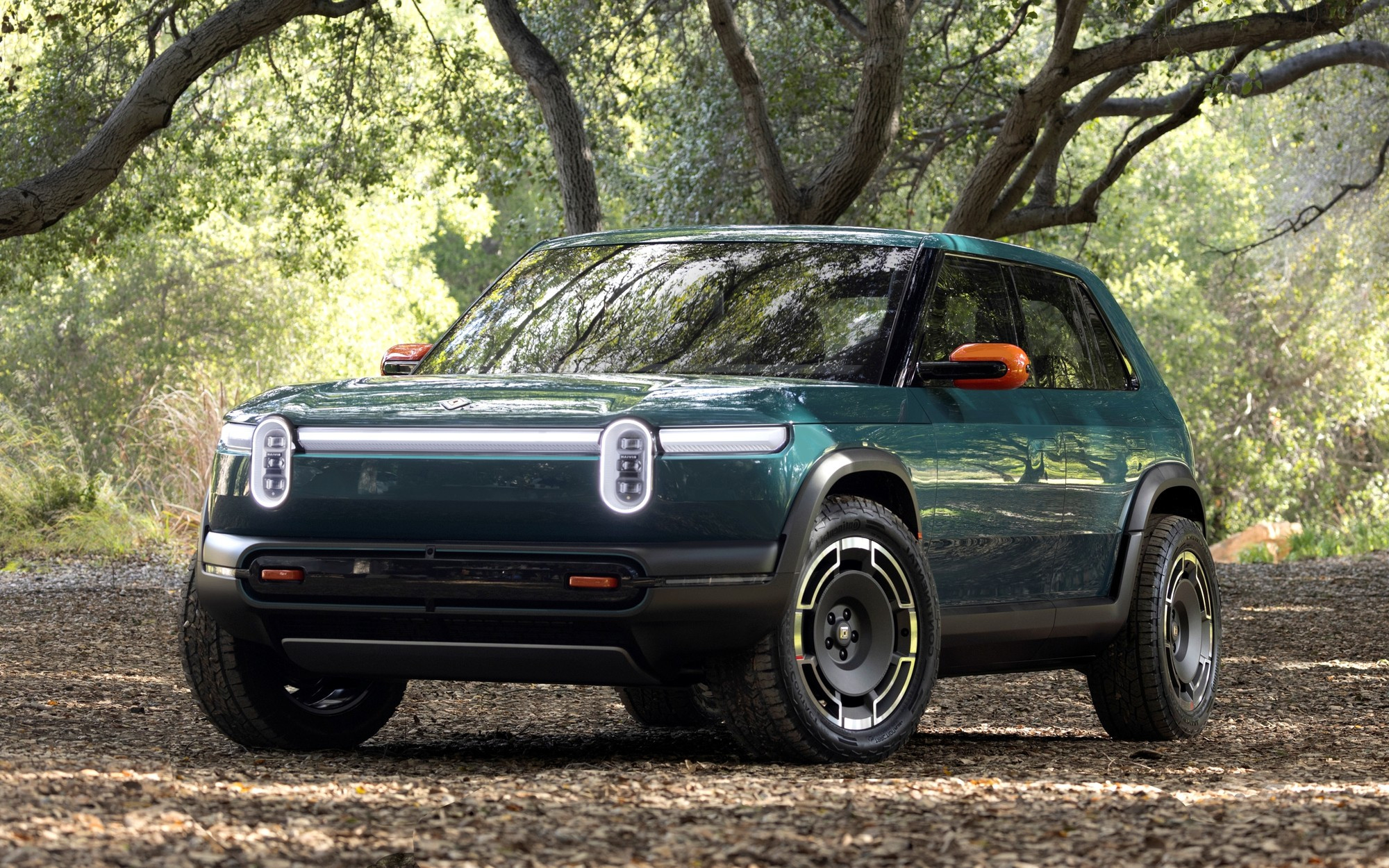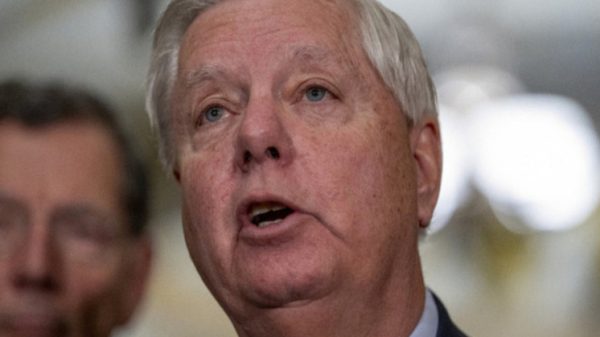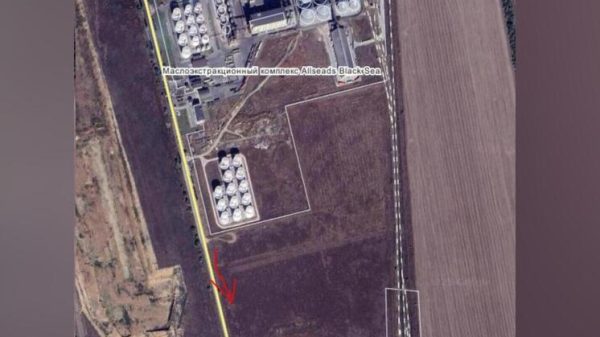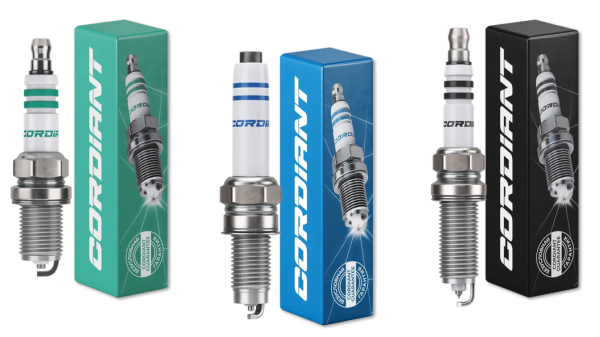
Germany's Federal Antitrust Authority today gave the green light to a joint venture between Volkswagen and Rivian, announced on June 25. The deal, valued at $5 billion, is intended to help Volkswagen emerge from a slump over the protracted development of its next-generation integrated operating system.
The crisis in the digital division Cariad, which develops an integrated operating system for all brands of the Volkswagen Group, has become a headache for the management of the Group worse than Dieselgate. Dieselgate was successfully flooded with money (tens of billions of dollars), but in the IT sector, things are a little more complicated and require not only a lot of money, but also the highest level of project management. Volkswagen managers failed to cope with management, work at Cariad stalled and delayed the launch of new Volkswagen Group platforms and the models planned for them by several years. Because of this, the Group had to extend the life cycle of old platforms and look for solutions to the software problem on the outside.
In connection with the Chinese market, Volkswagen has placed its bets on the electric/electronic architecture (E/E Architecture) developed by Xpeng: future Volkswagen models for the Chinese market, regardless of platform, will be transferred to this architecture.
In turn, global Volkswagen models, if everything goes according to plan, will receive the E/E Architecture, developed by Volkswagen as part of an equal-share joint venture with the American company Rivian — the management of the Volkswagen concern believes that Rivian has more than enough competencies in the IT sphere.
Plans to create a joint venture between Volkswagen and Rivian were announced on June 25, and just over a month later, the German Federal Antimonopoly Authority gave the go-ahead for this project — fantastic speed, considering that the slowness of German bureaucracy is legendary. However, it should be understood that Volkswagen is one of the largest employers in Germany, and its problems are problems of a national scale, and there is no time to waste in this case: by the end of the year, Volkswagen must transfer a billion dollars to its American partner, and the total investment from the German side must amount to 5 billion dollars by 2026, of which 2 billion will go, in fact, to the creation of the joint venture, and 3 billion will go to Rivian.
The Volkswagen and Rivian joint venture does not yet have an official name, and the scope of work has only been outlined in general terms. Conceptually, the deal has two time plans: short-term and long-term. The long-term plan is the basis: it implies the development of a new generation E/E Architecture for the so-called software-defined vehicles, which are designated by the abbreviation SDV (Software Defined Vehicle), which is generally accepted in the Western auto industry. The SDV format implies that the value of a car is determined mainly by software, not hardware, and with the help of software, it is possible to extend the life of hardware and increase its consumer value.
The short-term plan of the deal is still designated as optional: after receiving the first tranche of money, Rivian will give Volkswagen access to its current E/E Architecture and Volkswagen will try to “screw” it onto its models. It is not yet known whether it will work or not.
Rivian is primarily interested in this deal from a financial point of view: Volkswagen’s billions should patch up Rivian’s financial hole, which does not want to shrink. Rivian’s net loss for the first quarter of 2024 reached $1.446 billion, compared to $1.349 billion in the first quarter of last year. Rivian’s loss is explained by difficulties with scaling production and high costs of developing new platforms and models.
At the moment, it is known that the Volkswagen and Rivian deal will not affect the German concern’s Scout off-road project, because the Austrian company Magna Steyr has already been selected as the main contractor for this project. Considering that Scout is intended for the North American market, it would be logical and convenient to use Rivian's developments, but the train, as they say, has already left — it is unlikely that Magna Steyr will voluntarily refuse the contract.


















































Свежие комментарии